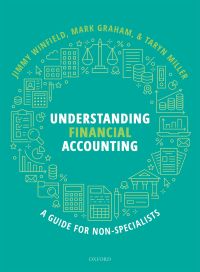Question
Fruities Ltd has two divisions, Durian Division and Juice Division. Durian Division has an annual capacity of 10 000 units of durian juice concentrate. Juice
Fruities Ltd has two divisions, Durian Division and Juice Division. Durian Division has an annual capacity of 10 000 units of durian juice concentrate. Juice Division's annual requirement of durian juice concentrate is 8000 units. Fruities Ltd requires that divisions should purchase inputs internally where available, and uses a cost-plus transfer price policy, where transfer price is set at variable cost plus 25 per cent. Therefore, Durian Division always satisfies the demand of the Juice Division first, before selling the remaining durian concentrate to external suppliers at the market price of $10 per unit. The variable cost of one unit of durian juice concentrate at Durian Division is $6. The external demand for Durian Division's durian juice concentrate is 2000 units.
What is the difference in the overall profit of Fruities Ltd under the cost-plus transfer price policy and a market-price transfer price policy?
| Fruities Ltd's profit is $20 000 lower under the cost-plus transfer pricing approach. | ||
| Fruities Ltd's profit is $20 000 higher under the cost-plus transfer pricing approach. | ||
| Fruities Ltd's profit is $25 000 higher under the cost-plus transfer pricing approach. | ||
| There is no difference under the two policies. |
Step by Step Solution
There are 3 Steps involved in it
Step: 1

Get Instant Access to Expert-Tailored Solutions
See step-by-step solutions with expert insights and AI powered tools for academic success
Step: 2

Step: 3

Ace Your Homework with AI
Get the answers you need in no time with our AI-driven, step-by-step assistance
Get Started


